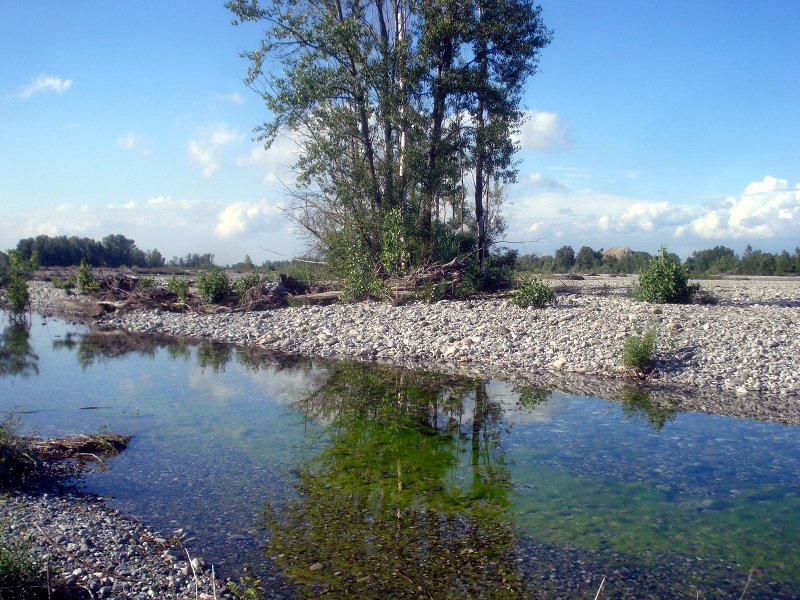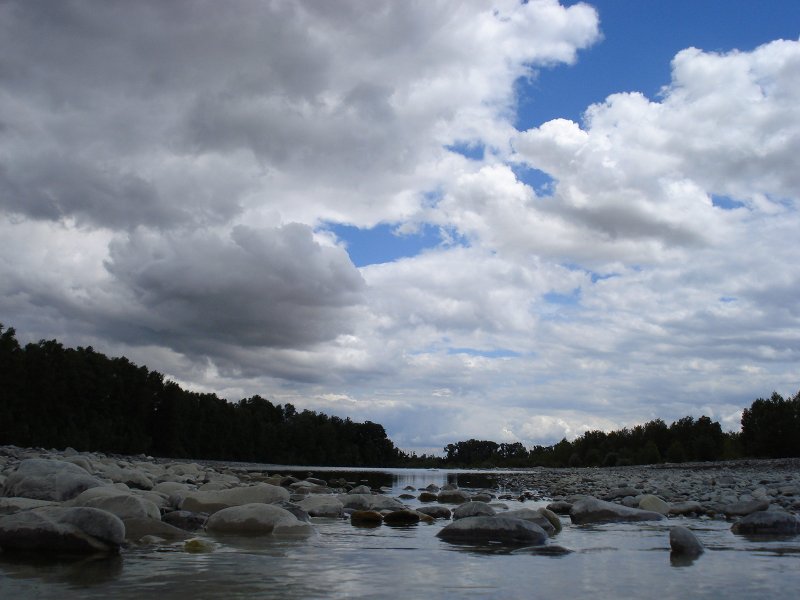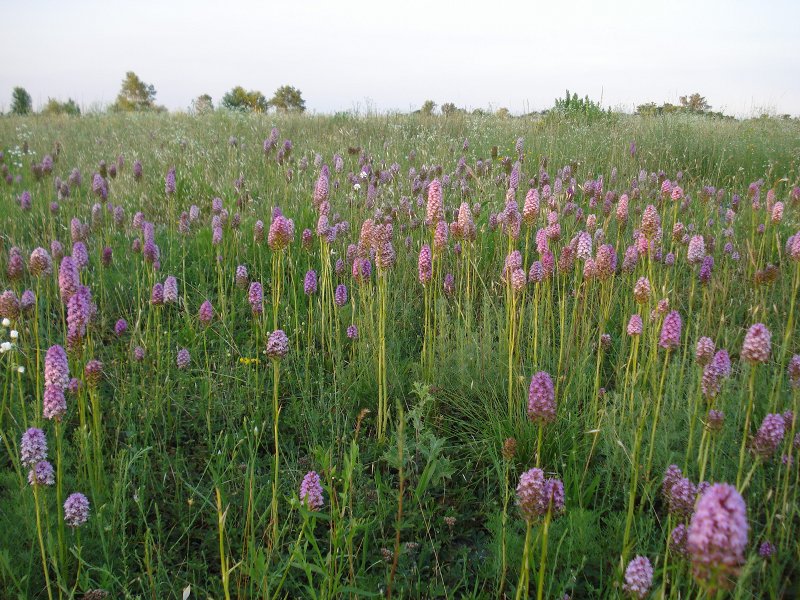Parco Fluviale del Trebbia
www.parchidelducato.itProtected Area
Identity Card
- Land Surface Area: 4'031.00 ha
- Protected flora: 7 species (Italian text)
- Protected wildlife: 67 species (Italian text)
- Habitats: 6 types (Italian text)
- Regions: Emilia Romagna
- Provinces: Piacenza
- Municipalities: Calendasco, Gazzola, Gossolengo, Gragnano Trebbiense, Piacenza, Rivergaro, Rottofreno
- Establishment Measures: LR 19 04/11/2009
The Park
The river Trebbia originates in the Ligurian Apennine, and after crossing the upper and middle Piacentino Apennine it reaches the first hills where the regional River Park begins.
Once the river waters reach the plain, they slow down their course and settle a great amount of sand and gravel characterizing it, up to the confluence with the Po river, downstream of the city of Piacenza.
The wide dry riverbed makes it possible to visit the Park and its natural as well as landscape heritage, especially in summer.
The river Trebbia is for many migratory birds an important transit way and a nesting place for species of conservation interest, such as the little ringed plover and the stone curlew, that thanks to its rarity became the symbol of the Park.
The "torrential" nature of the river Trebbia affects and characterizes the surrounding vegetation, which thanks to the plentiful spontaneous orchids also features a special nature significance in the stretches less exposed to the floods. The surrounding areas are characterized and enriched by the presence of several castles connected with the medieval facts of the area around Piacenza and with those of the Duchy of Parma in Piacenza. Some fortresses, like the wonderful Rivalta castle, stand out almost by the dry riverbed, making the landscape even more charming.
Further information
Nature, culture and landscapes
The river Trebbia originates in the Ligurian Apennine, and it runs through the upper and middle Piacentino Apennine creating spectacular meanders and surrounding the medieval village of Bobbio, reaching the upper plain a little beyond the beginning of the regional park. In the fertile plain of Piacenza the river, which is not closed between the steep slopes of the valley in this part, slows down and settles the great amount of gravel, sand and silts.
Large gravel deposits characterize the river landscape of the Park, almost up to the confluence with the Po river, where the river Trebbia ends its flow after a 118-km-long course. The dry riverbed, which reaches a width of 900 m in some stretches, is always so wide that in the low water periods it represents the main way to discover the Park, even starting directly from the bridge of the Via Emilia.
From the wildlife point of view the Park is characterized by the significative presence of bird species, since the river Trebbia is an important transit way and nesting place for the migratory birds.
The forest and flower elements of the Park are affected by the variable condition of the wide dry riverbed, whose particularly consolidated banks are covered with a stable and developed vegetation including areas of naturalistic value enriched by the presence of spontaneous orchids.
Some stretches of the belts of riparian vegetation are interrupted by the mining activity, with which the park has been establishing for a long time a dialogue aimed at making the economical needs coexist with the necessity to safeguard the river environments.
The landscape of the Park is affected not only by the presence of the water course, but also by the human facts and by the important historical events (especially in the Middle ages and in the Renaissance) that left the wonderful castles - such as the Rivalta Castle - as a heritage.
(The following links lead to Italian web pages)










